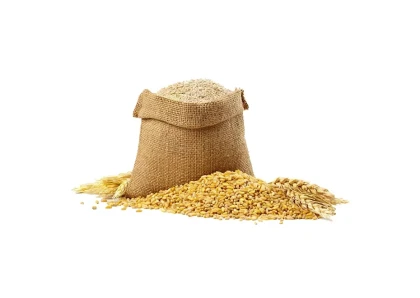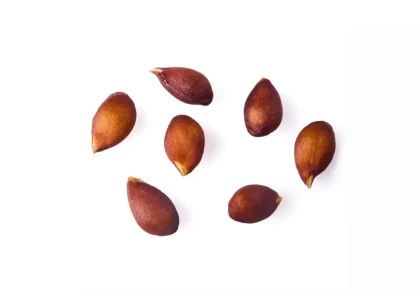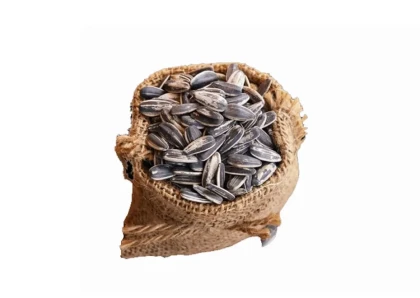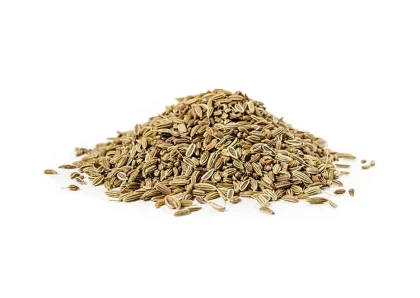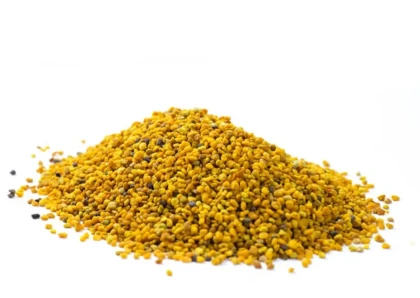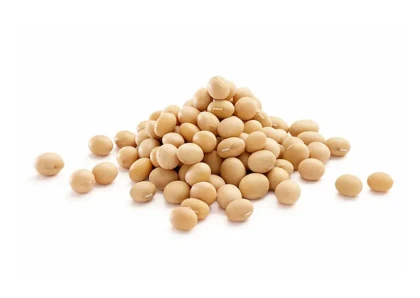
Oak Railroad Cross Ties
Overview
An Oak Railroad Cross Tie, also known as a hardwood railroad cross tie, is a vital component in the construction of railway tracks. These ties are crafted from hardwoods such as oak and sweet gum, which offer exceptional strength, durability, and natural resistance to decay and pests. Oak Railroad Cross Ties serve as a foundational element, providing stability and longevity to rail lines.
Untreated Oak Railroad Cross Ties are made from high-quality hardwood, ensuring their robustness and load-bearing capacity. Oak wood, renowned for its strength and durability, is an excellent choice for constructing these ties. The natural properties of oak, including its density and tight grain structure, contribute to their ability to withstand the immense weight and constant vibration caused by passing trains.
While untreated Oak Railroad Cross Ties possess inherent resistance to decay and pests, some ties undergo creosote treatment. Creosote, a preservative, is applied to the ties to enhance their resistance to decay, insects, and moisture. Treated ties provide additional protection, extending their lifespan and durability in demanding environments.
Oak Railroad Cross Ties are available in both new and used conditions. New ties are freshly manufactured, while used ties have been previously employed in railway track construction. Used ties, also known as reclaimed ties, can be repurposed for various applications, such as landscaping, outdoor furniture, or decorative projects. The weathered appearance of used ties adds a unique rustic charm to these applications.
What are the different types of trees that are used for railroad cross ties?
- Oak: Oak is a strong and durable wood that is resistant to rot and decay. It is also relatively easy to find, making it a popular choice for railroad cross ties.
- Hickory: Hickory is another strong and durable wood that is resistant to rot and decay. It is also heavier than oak, making it a good choice for railroad cross ties in areas with heavy traffic.
- Maple: Maple is a strong and durable wood that is also resistant to rot and decay. It is not as heavy as hickory, but it is still a good choice for railroad cross ties in areas with heavy traffic.
- Sweetgum: Sweetgum is a hardwood that is native to North America. It is strong and durable, and it is also resistant to rot and decay. Sweetgum is not as common as oak, hickory, or maple, but it is a good choice for railroad cross ties in areas with heavy traffic.
- Douglas fir: Douglas fir is a softwood that is native to North America. It is strong and durable, and it is also resistant to rot and decay. Douglas fir is not as common as oak, hickory, or maple for railroad cross ties, but it is a good choice for areas with wet climates.
What are the different types of wood products that can be made from Oak Railroad Cross Ties?
In addition to being used as railroad cross ties, oak railroad cross ties can also be used to make a variety of other wood products, including:
- Retaining walls: Oak railroad cross ties can be used to create sturdy and durable retaining walls. They are a good choice for retaining walls because they are strong and resistant to rot and decay.
- Fences: Oak railroad cross ties can be used to make strong and durable fences. They are a good choice for fences because they are strong and resistant to rot and decay.
- Garden beds: Oak railroad cross ties can be used to create sturdy and attractive garden beds. They are a good choice for garden beds because they are strong, resistant to rot and decay, and can be easily stained or painted to match the décor of the garden.
- Outdoor furniture: Oak railroad cross ties can be used to make sturdy and durable outdoor furniture. They are a good choice for outdoor furniture because they are strong, resistant to rot and decay, and can withstand the elements.
- Firewood: Oak railroad cross ties can be used as firewood. They are a good choice for firewood because they are dense and burn for a long time.
What are the ideal size and applications of Oak Railroad Cross Ties?
The ideal size of an oak railroad cross tie is 7 inches thick, 9 inches wide, and 8 feet long. This size is standard for most oak railroad cross ties, but there may be some variation depending on the manufacturer. Oak railroad cross ties can be used for a variety of applications, including:
- Supporting railroad tracks
- Building retaining walls
- Making fences
- Creating garden beds
- Building outdoor furniture
- Burning as firewood
Benefits of Oak Railroad Cross Ties
There are many benefits to using oak railroad cross ties, including:
- Strength and durability
- Resistance to rot and decay
- Versatility
- Affordability
Cons of Oak Railroad Cross Ties
There are a few potential drawbacks to using oak railroad cross ties, including:
- The weight of the cross ties can make them difficult to handle.
- The treated cross ties may contain chemicals that can be harmful to the environment.
Treated options for Oak Railroad Cross Ties
Oak railroad cross ties can be treated with a variety of chemicals to protect them from rot, decay, and insects. The most common treatment for oak railroad cross ties is creosote. Creosote is a dark, oily substance that is known for its ability to resist water and insects. Other treatments for oak railroad cross ties include pentachlorophenol and chromated copper arsenate.
Additional tips for using Oak Railroad Cross Ties
- If you are using untreated oak railroad cross ties, be sure to seal them with a water-resistant coating to protect them from the elements.
- If you are using treated oak railroad cross ties, be sure to wear gloves and eye protection when handling them, as the chemicals can be harmful to the skin and eyes.
- Oak railroad cross ties can be a great way to add a touch of rustic charm to your landscape. When using them in landscaping projects, be sure to choose cross ties that are the right size and shape for your needs.
Where can I buy Oak Railroad Cross Ties?
Discover high-quality oak railroad cross ties at Forestry. Trust us to provide top-notch options that meet your oak railroad cross ties needs. With our commitment to quality and customer satisfaction, find the perfect oak railroad cross ties for your project. Contact us now to explore our extensive selection.
- We offer wholesale and bulk buying options for oak railroad cross ties
- Wide variety of oak railroad cross ties
- Variety of grades and treatment options
- Knowledgeable team
- On-time completion
- Satisfaction guarantee
No listings available
Related Products
Questions & Answers
What do you want to know about this product?
Reviews (5)
TimberTech99
Superior Strength and Lasting Performance!
Oak ties provide unmatched strength and durability for railways. They've withstood heavy loads and weather conditions flawlessly.
RailMasterPro
Reliable and Time-Tested Choice for Railroad Tracks
As a railroad engineer with decades of experience, I trust oak ties for their reliability. They've been a staple in the industry for good reason.
GreenTrack
Nature's Resilience at Its Best!
Oak ties offer exceptional resistance to rot and decay. They've proven their longevity and stood strong against the test of time.
Bongaitan Rail Inc.
Unparalleled Durability and Low Maintenance
Oak ties have been a game-changer for our railway network. Their durability is unmatched, and the minimal maintenance is a huge advantage!
CrossTieExpert77
A Classic Choice for Reliable Railroad Infrastructure
Oak ties embody the timeless quality and reliability needed for railroad tracks. They've consistently delivered superior performance.



